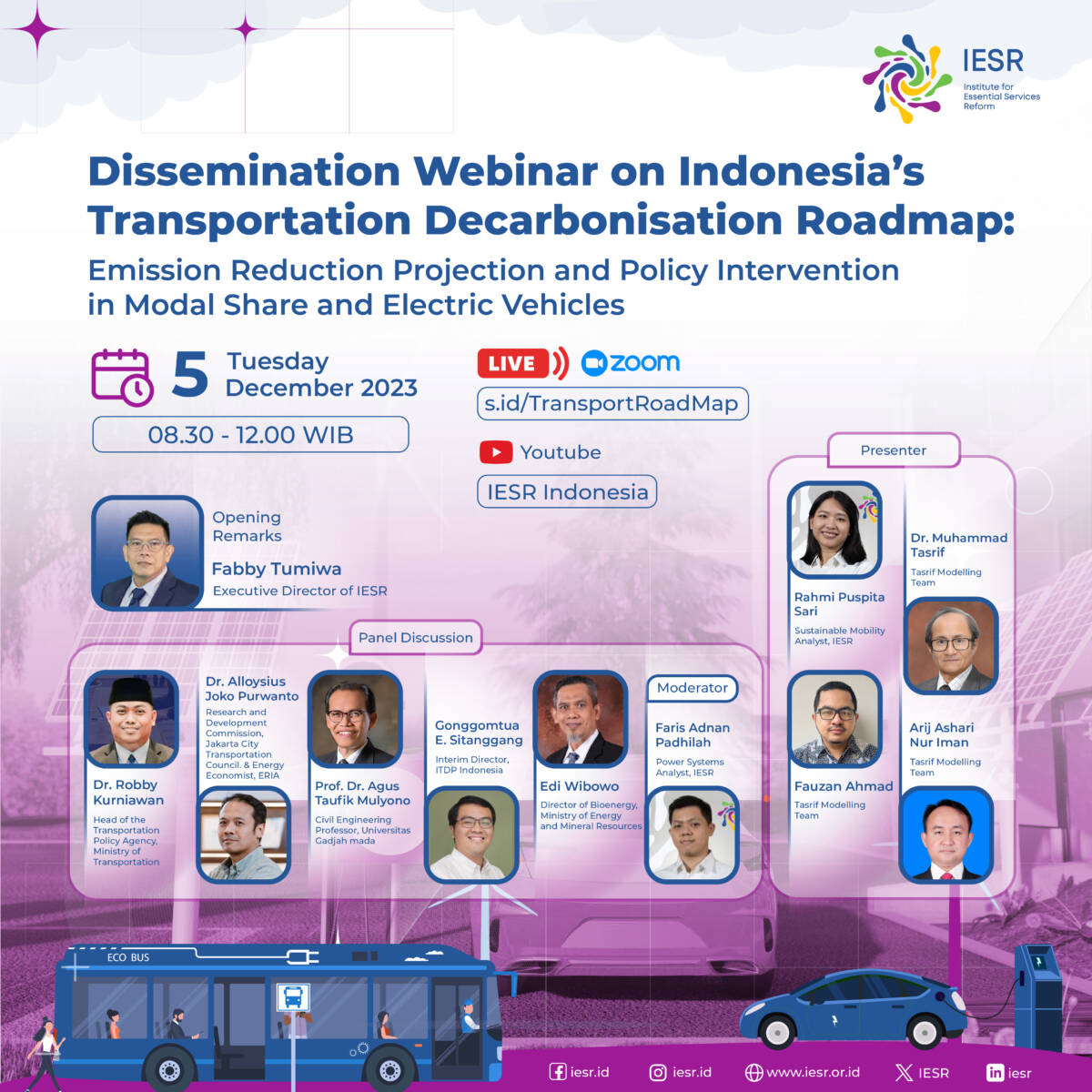Replay Streaming
Background
Indonesia has endorsed a commitment to keep global temperature below 1.5 OC in line with the Paris Agreement through regulation No. 6 of 2016. Although the Indonesian government has put its NDC targets (41% emission reduction in 2030 compared to BAU, and net-zero emissions in 2060), it is still not enough to…

